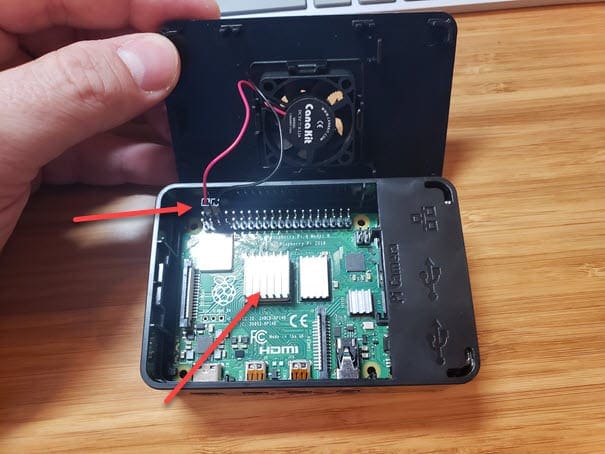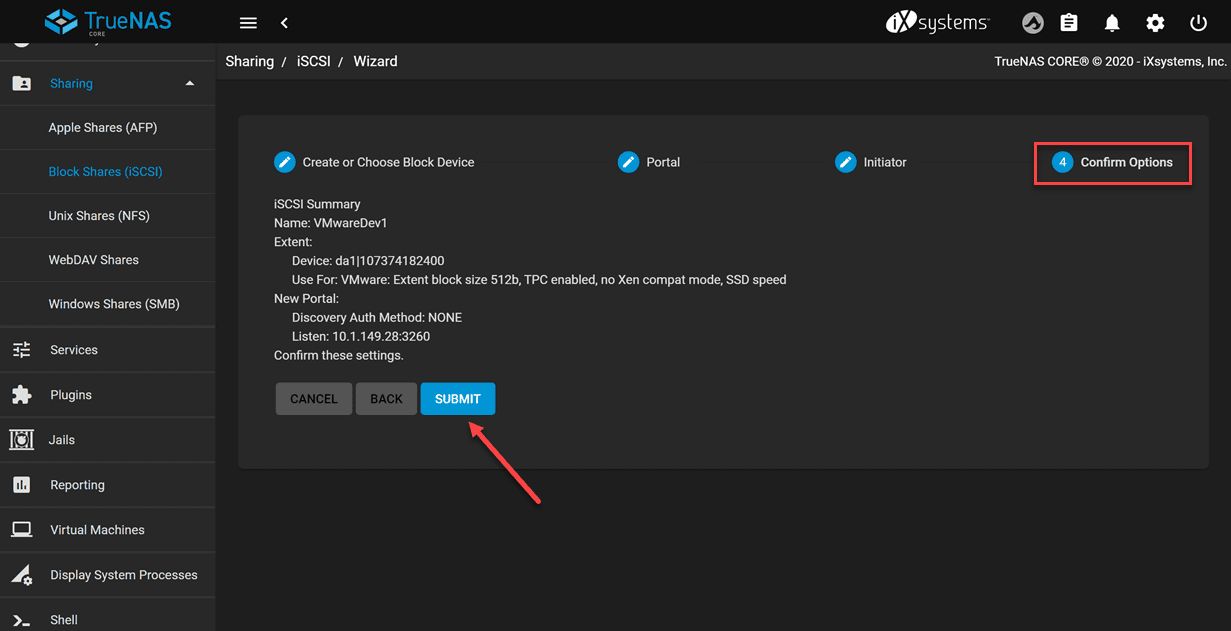VMware vSphere ESXi on Raspberry Pi ARM Processors

VMware has released more and more information about running VMware vSphere ESXi hypervisor on the ARM processor platform. First disclosing this officially at VMWorld 2018 in Las Vegas, during one of the keynotes this week at VMWorld 2018 Barcelona, VMware’s CTO, Ray O’Farrell handed VMware CEO, Pat Gelsinger a Raspberry Pi device and said the Raspberry Pi device was running ESXi! So the cat is certainly out of the bag that VMware has a working variant of ESXi that will run on ARM processors, including perhaps the most prevalent and common platforms to play around with, the Raspberry Pi platform. This is really an exciting prospect for various use cases now that ESXi can be ran on ARM. In this post, let’s talk about VMware vSphere ESXi on Raspberry Pi ARM Processors and think about the various use cases and potential functionality that organizations may possibly utilize ESXi running on the ARM platform.
Micro and Nano Datacenters, Edge Environments, and IoT
So, before getting into VMware vSphere ESXi running on ARM, let’s step back and thinking about the use case for this type of technology. In today’s rapidly moving technology infrastructure environments, there is growing focus on edge computing and edge networks. In these edge environments, there is often the need to process data locally in a quick manner without the ability or connectivity to process that data back at a central data center or the public cloud. Even though most organizations today are utilizing cloud environments heavily, in edge use cases there may be a lack of reliable connectivity to allow transmitting data collected at the edge up to the cloud. When you think about latency or time sensitive industries such as manufacturing, healthcare, or financial/payment industries, having the ability to collect and process data locally without the added time or latency of transmitting the data elsewhere for processing is essential.
Today’s exploding IoT market and use cases are rapidly increasing these so-called edge environments where tons of data is being collected. Just about every device being manufactured these days are created with the ability to collect data and have “smart intelligence”. At the edge, there are new micro and nano datacenters being provisioned to take care of this data collection and processing. This is where the focus and excitement over new possibilities with virtualization and hypervisors comes into play.
A nano datacenter may only consist of as little as two very small footprint servers that have the ability to be ran in a clustered configuration which in turn, allows for high availability of workloads. Now, we are getting the picture of where ESXi on ARM or ESXi on Pi comes into the picture. We can imagine the possibilities
of running such solutions as edge gateways or possibly running a vSAN Witness Node on a Raspberry Pi device. Additionally, think about running very small footprint virtual machines on a cluster of Raspberry Pi nodes running ESXi on ARM. The possibilities get more and more interesting as we think about the edge computing use case. The potential for creating all kinds of useful and low footprint solutions that inherently have the enterprise features built into the vSphere solution such as HA, DRS, vMotion, are numerous.
VMware vSphere ESXi on Raspberry Pi ARM Processors
With the rise of the edge environment and use cases, VMware and other vendors are showing increased interest in this space and rightly so. One of the projects that VMware has been working on is Project Dimension. VMware is now offering via Project Dimension, the ability to offer to customers a total Platform-as-a-Service offering for edge environments where VMware manages and maintains, services, upgrades, and troubleshoots the platform itself and you are only responsible for your applications and services you have running on top of the platform. It is basically like VMware Cloud on AWS, except on-premises in your environment.
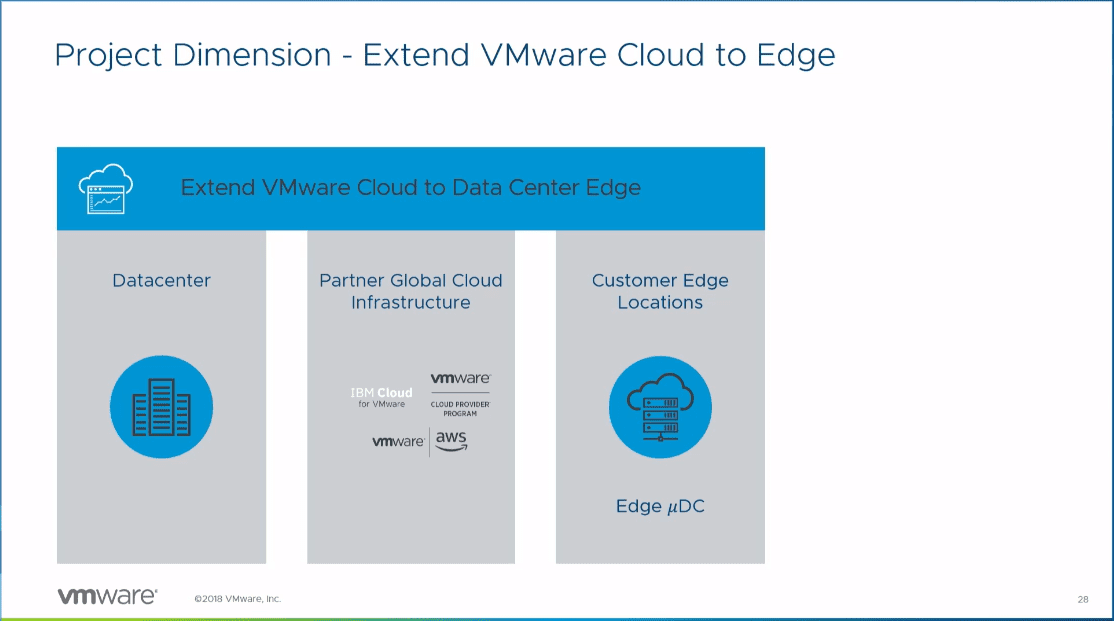
VMware was able to show off the ESXi hypervisor running on Raspberry Pi in the session entitled: CTO3509BE Edge: Automation, Analytics, and Real-Time Business. Speaking to a lot of what we have mentioned above, Chris Wolf and Daniel Beveridge were able to highlight some of these interesting use cases that are found in conjunction with the micro and nano data center use cases.
Among those use cases that we have already highlight is the Micro and Nano Datacenters. In today’s edge environments that are exploding, there may not be a need for racks and racks of servers. Maybe you only have the need to run a handful of containers or perhaps 1-5 VMs. This is where ESXi on ARM and possibilities get very interesting. This is the use case that VMware seems to be targetting in the nano datacenter space that is noted as an emerging market.
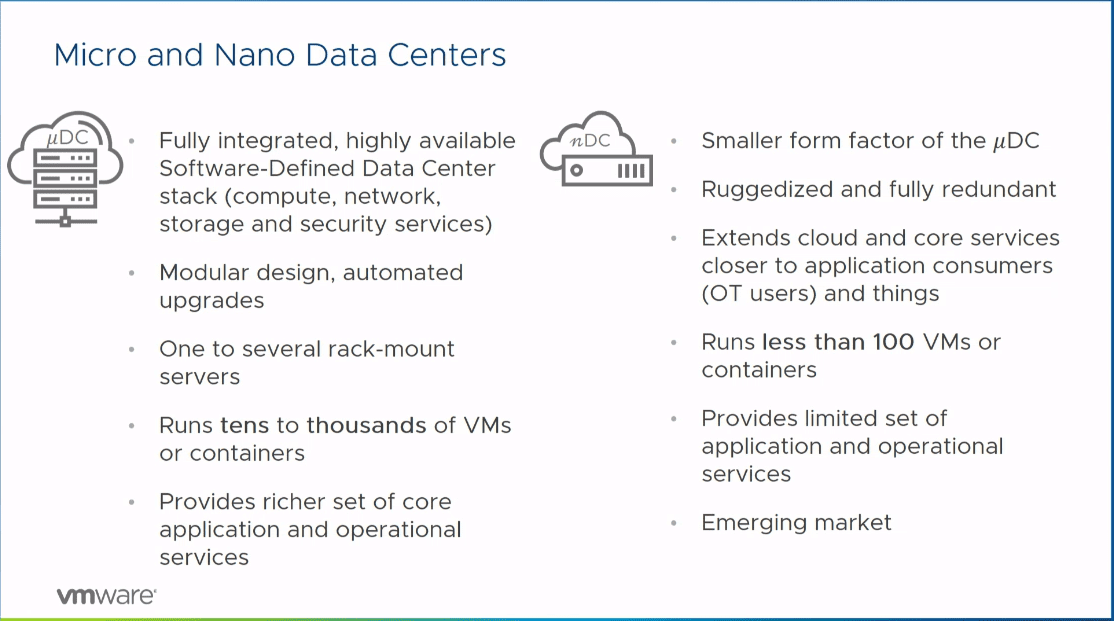
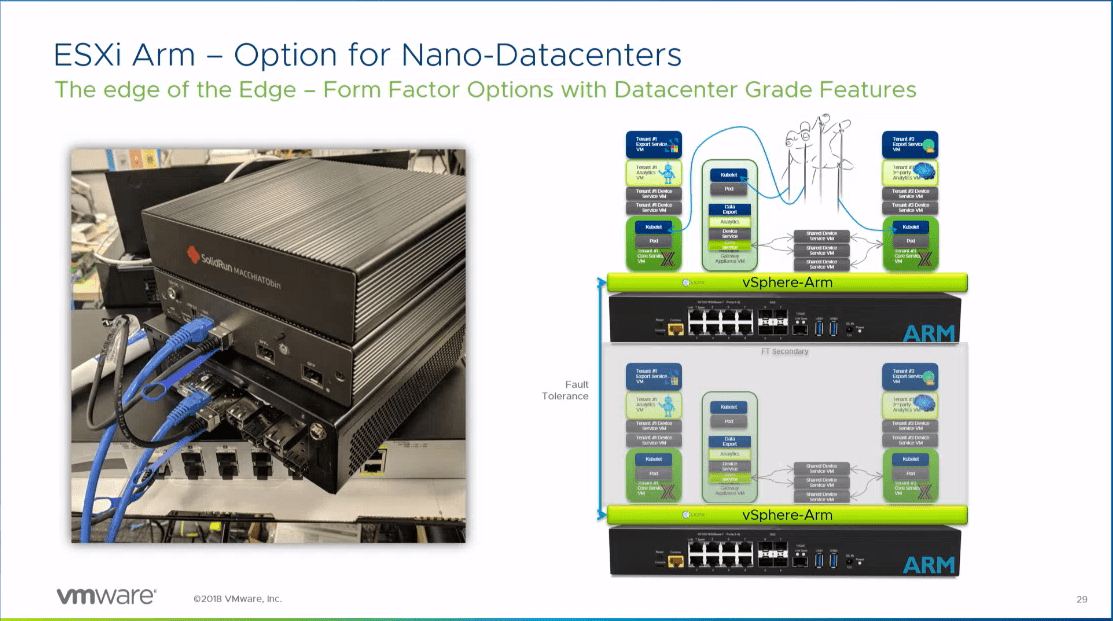
While not cited as running VMware ESXi on ARM, the VMware presentation at VMWorld Barcelona 2018 noted the rise of these micro and nano architectures for datacenter technology, including the city of Chicago, IL, which is deploying micro/nano datacenters by way of Vapor.IO racks. These ruggedized racks and use cases found very near the workloads are providing low latency compute next to where the data is being collected.
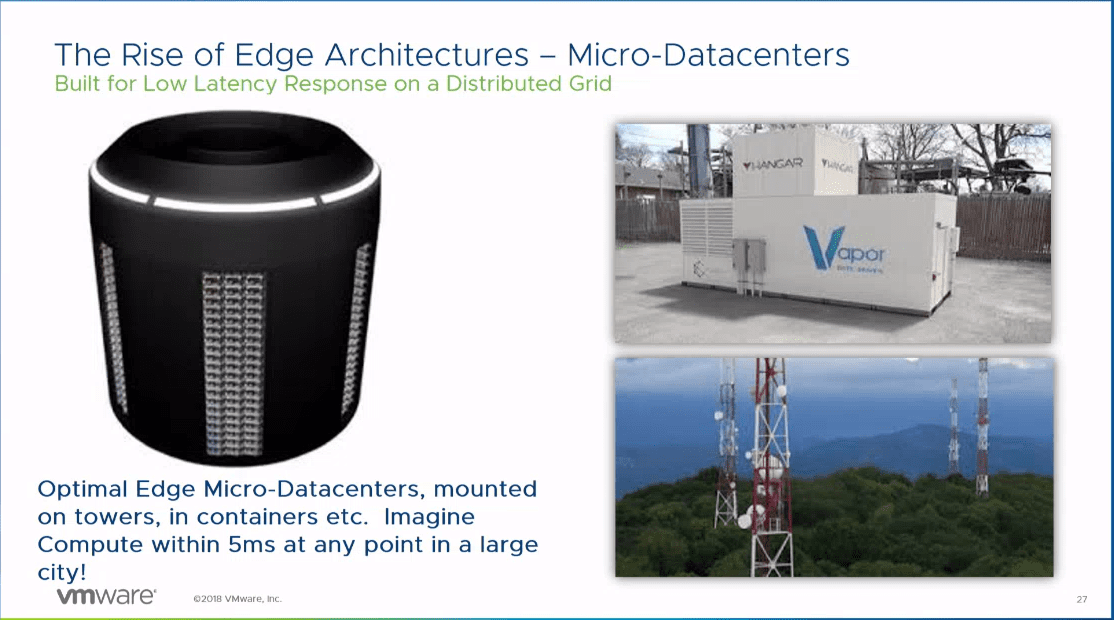
During the presentation, ESXi-ARM was shown booting on a Raspberry Pi device running a Cortex-A53 ARM processor.

When is the ARM version of ESXi going to be released? As to the availability of this variant of ESXi, it is not something that can be downloaded, even in beta or technical preview format as of yet. VMware has stated they are currently looking for organizations to partner up with to implement the solution, perfect it, and continue to develop the solution so that it can be released to the masses eventually.
Takeaways
The Edge compute and network environments are gaining more momentum and focus among vendors today as the edge is where a majority of data is being collected and needs processed. Due to the nature of edge environments, cloud connectivity or other connectivity may not be a reliable means to transmit data. In the edge, data is collected, processed, triaged, and then the necessary data can be transmitted at a later time or as needed to a central datacenter or up to the cloud. VMware is working on exciting solutions for edge environments, including Project Dimension and ESXi running natively on ARM processors. The edge is going to be a very interesting space over the next few years. No doubt, there will be even more exciting solutions released from VMware and others to continue solving these real business problems that organizations are facing today.





